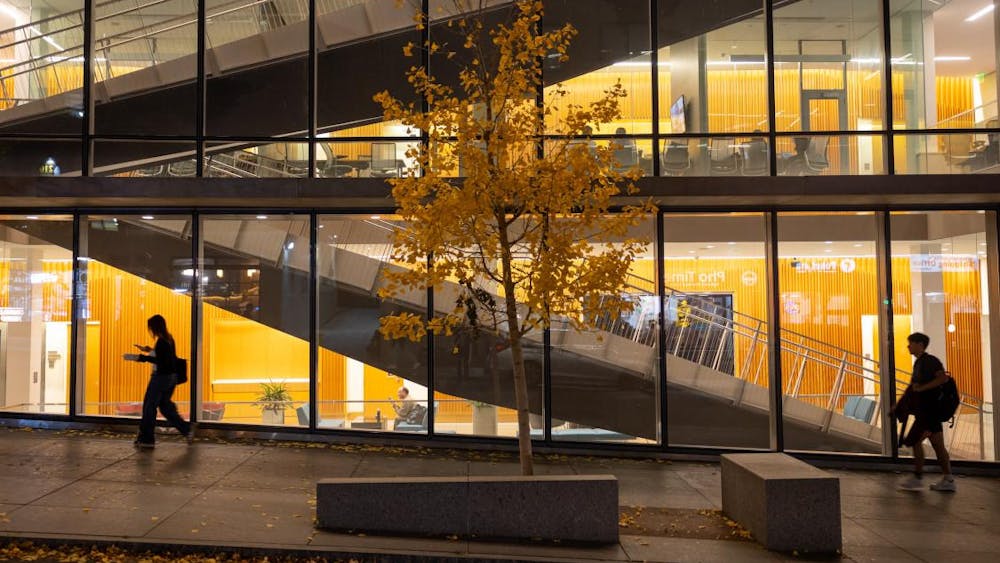Without physical classrooms, students are pushed to learn creatively as the ring of Zoom call bells announcing the start of lecture replace the comradery of students packing into auditoriums shoulder to shoulder.
As students juggle competing responsibilities in a virtual setting, staying engaged has challenged many Cornellians. Prof. Daniel Casasanto, human development and psychology, suggests that students use memory palaces, a strategy that associates items with physical space to help students remember their lengthy lecture slides.
“You can create what Sherlock Holmes called his ‘memory palace,’” Casasanto said. “You can create a memory and remember it better, whether you are sitting in a regular classroom or inside a virtual classroom. It’s an extremely portable, adaptable memory technique.”
Casasanto gave a literal example of using the memory palace: imagining walking through a house, visualizing which items to remember and assigning one item to each location. This strategy, called the method of loci, assigns each item in a list to a specific location. When recalling the items in the list, they can be associated with the location that they were assigned to, making them easier to recall.
Casasanto gave a simple example using this method with a list of fruits.
“Let’s say you wanted to remember a list of fruits, and the list starts with apple, pear and bananas. You could decide: apple is in the living room, pear is the dining room and bananas is the kitchen,” Casasanto said. “Then you can prompt yourself to remember that list of fruits by mentally walking through the house in that particular order of rooms.”
While the rooms of a house can be used for this method, in a dorm room, students may have to get more creative. Alternatively, a desk, bed and drawers could become the “rooms” that help students remember their lecture notes for upcoming prelims and papers.
This method can be successfully used whether students have some classes in-person or if all of their courses are over Zoom, and has been proven to be effective due to use of spatial memory.
“This method is incredibly powerful and is not only proven anecdotally over millennia, but has also been tested in the lab,” Casasanto said.
While the method of loci can be adapted to a virtual environment, concentrating during online classes remains challenging for some students and professors. Casasanto encouraged students to find a spot that helps them remain alert and retain information, minimizing distractions that are abundant when class is on a screen.
“You may find yourself better able to concentrate in a chair than on a bed [or vice versa],” Casasanto said. “You’ve got other members in your house doing other things, maybe in the same spaces or in the room next door. The refrigerator might be calling as you debate with yourself, ‘Should I turn my camera off for a moment and go get a snack?’”
In spite of all the qualms with virtual learning, Casasanto argued that online classes will bring Cornellians closer together when campus returns to normal. Although preferred learning methods vary among Cornellians, he said virtual learning is a shared experience that will become a unique memory.
“I would imagine that we will feel more connected to each other — students and professors — and all of us to our University, once we can be in the same physical and social space,” Casasanto said.











